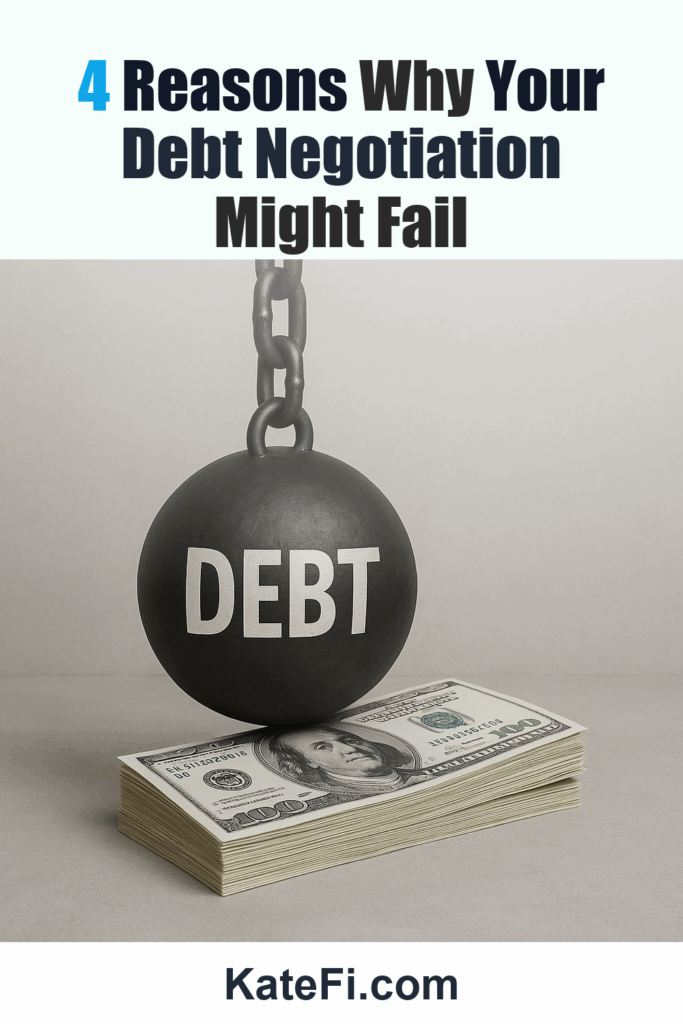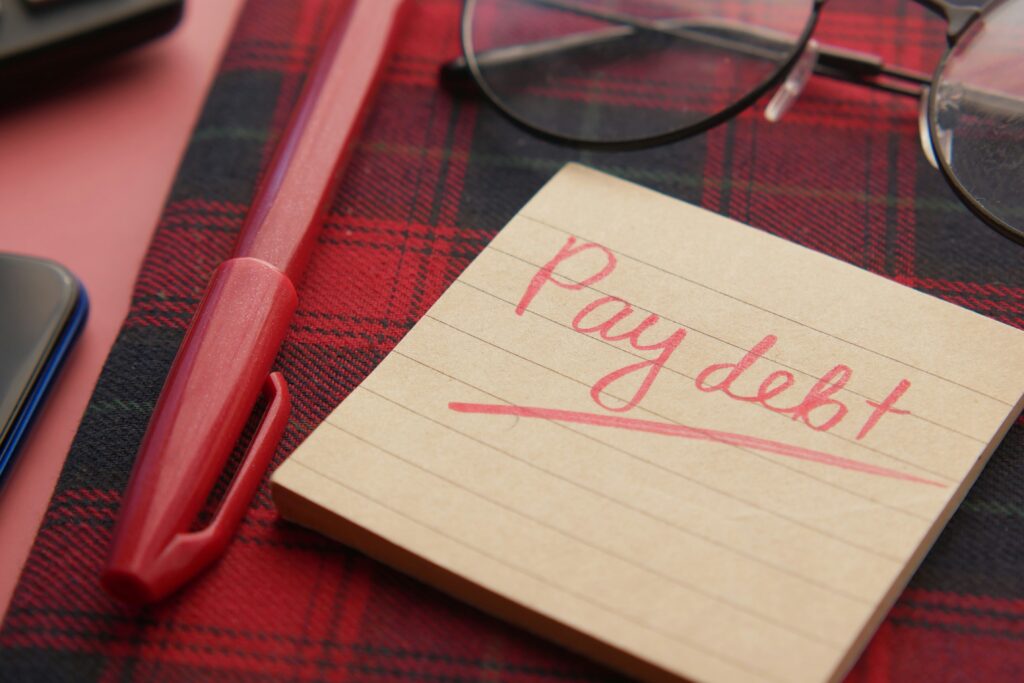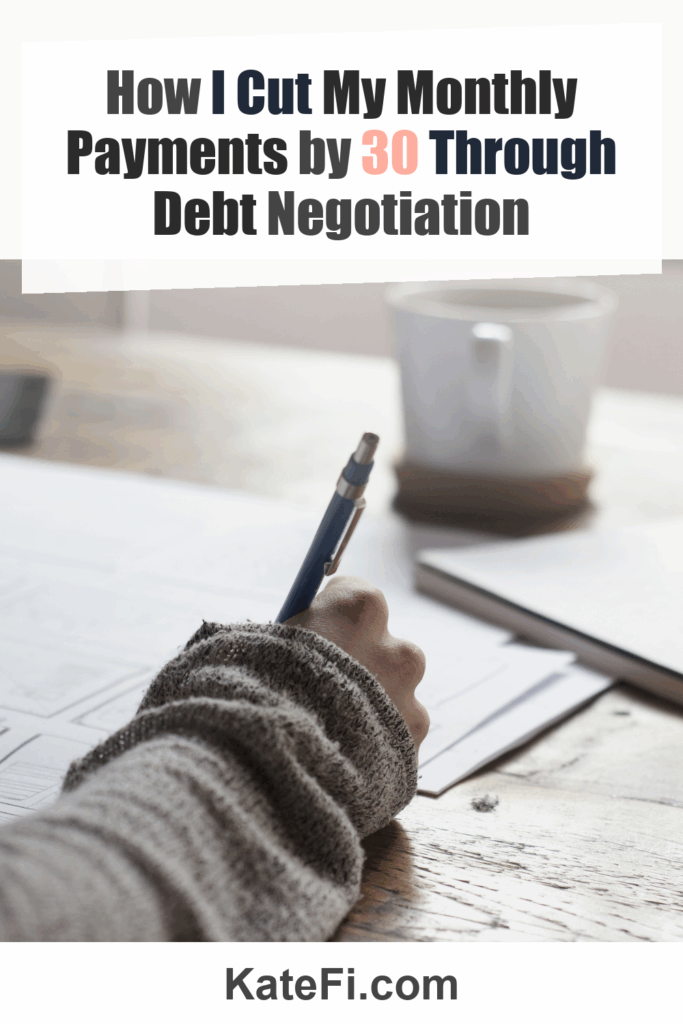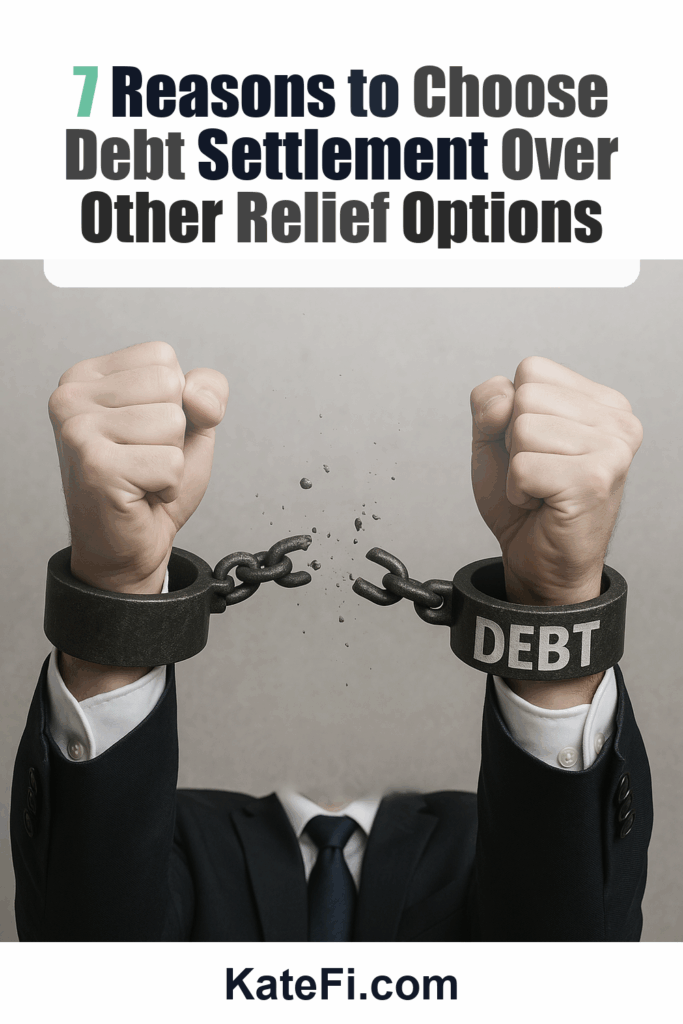8 Effective Techniques to Reduce Monthly Debt Payments
Managing debt can often feel like an uphill battle. Monthly payments may seem manageable at first, but as interest rates climb and fees stack up, you may find yourself in a deepening financial hole. The good news is that there are effective techniques to help reduce those monthly payments, allowing you to regain control over your finances. Here are eight strategies you can implement today to start alleviating your debt burden.
Love our content? Show your support by following us — pretty please!🥺
FOLLOW ON PINTEREST
Hi! I’m Kate, the face behind KateFi.com—a blog all about making life easier and more affordable.
1. Create a Detailed Budget
What You’ll Learn on the Call
- Estimated timeline and monthly payment range
- How credit may be affected in the short term
- What documents to gather to move faster
Not available in IL, KS, OR, TN, UT, WV.
Understanding where your money goes each month is crucial for effective debt management. A detailed budget helps you identify discretionary spending that can be cut back or eliminated entirely.
Budgeting Steps:
- Track Income: Include all sources of income, including wages, freelance work, or side gigs.
- List Expenses: Divide your expenses into fixed (rent, utilities) and variable (entertainment, dining out).
- Analyze: Compare your expenses to your income. Are you overspending in certain areas?
- Adjust: Set limits for each category based on your financial goals.
Creating a budget doesn’t just give you visibility into your finances; it empowers you to make informed decisions. And if you find it challenging to stick to a budget or need additional help, consider reaching out for a free consultation at KateFi to review your options.
✅ See If You Qualify for Debt Relief
2. Negotiate Lower Interest Rates
Lower Your Unsecured Debt
If you have $5,000+ in credit card or personal loan debt, a free consult can review options like settlement or hardship plans.
- One-on-one call to review your debts and goals
- See potential monthly payment reductions
- No obligation to enroll
Not available in IL, KS, OR, TN, UT, WV.
Negotiation may seem daunting, but it’s a powerful tool in reducing your monthly debt payments. Contact your lenders and request a lower interest rate—especially if you have a good payment history.
Negotiation Tips:
- Do Your Research: Know the average rates for your type of debt.
- Be Polite but Firm: Explain your situation clearly and assertively.
- Have Alternatives: Mention that you are considering other options, like consolidating debt or transferring balances.
Even if the lender cannot lower your rate, they may offer a temporary payment plan or deferment options to ease your burden. It’s worth the effort!
3. Consolidate Your Debts
Understand pros/cons of settlement vs consolidation vs DMP for your exact mix of debts.
Not available in IL, KS, OR, TN, UT, WV.
Debt consolidation can simplify your payments and potentially reduce your interest rate. By rolling multiple debts into one loan, you manage just a single payment each month, making it easier to track and budget for.
Consolidation Options:
| Option | Pros | Cons |
|---|---|---|
| Personal Loan | Lower rates than credit cards | Requires good credit |
| Balance Transfer Credit Card | 0% interest offers available | Fees and potential for high rates after promo ends |
| Home Equity Loan | Lower interest rates | Risking your home |
While consolidation can be beneficial, remember that it’s not a one-size-fits-all solution. Review your situation thoroughly and consult a professional for guidance.
✅ See If You Qualify for Debt Relief
4. Build an Emergency Buffer
An emergency buffer is a small savings fund that helps prevent new debt from accumulating during unforeseen circumstances. When unexpected expenses arise, having cash on hand means you won’t have to rely on credit cards, which can worsen your situation.
Steps to Build an Emergency Buffer:
- Set a Target Amount: Aim for at least $1,000 as a starting point.
- Automate Savings: Direct a portion of your paycheck into a dedicated savings account.
- Use Windfalls Wisely: Put bonuses or tax refunds directly into your emergency fund.
Having even a modest buffer can significantly ease the pressure and help you focus on your monthly payments without fear of setbacks.
5. Prioritize High-Interest Debt
Focus on paying off high-interest debts first. This method, often referred to as the “avalanche” method, saves you more money in the long run because you are targeting the debts that cost you the most due to interest.
Payment Strategy:
- List Debts: Organize them by interest rate from highest to lowest.
- Make Minimum Payments: Pay at least the minimum on all other debts.
- Allocate Extra Funds: Put any additional money toward the debt with the highest interest rate.
While this strategy can take time, it is one of the most effective methods to reduce the amount you pay in interest.
6. Explore Debt Relief Options
If you’re feeling overwhelmed, it might be time to explore debt relief options. These programs can help reduce your monthly payments, interest rates, and even the total amount owed.
Types of Debt Relief:
- Debt Management Plans: Work with a credit counselor to create a structured payment plan.
- Debt Settlement: Negotiate with creditors to pay less than owed.
- Bankruptcy: A last resort for severe financial hardship; can significantly affect your credit.
Consulting a professional can provide you with tailored advice based on your unique financial situation.
✅ See If You Qualify for Debt Relief
7. Regularly Review Your Financial Situation
Your financial landscape may change frequently due to job changes, new expenses, or altered income. Therefore, it’s essential to review your financial situation regularly.
Checklist for Financial Reviews:
- Monthly Budget: Are you staying within your limits?
- Debt Progress: Track how much you’ve paid down.
- Emergency Fund Status: Is it growing as planned?
- Interest Rates: Have any of your lenders offered better terms?
Reviewing your financial situation can alert you to necessary adjustments and ensure you’re always on track to meet your goals.
8. Maintain Open Communication with Creditors
Transparency is vital when managing debt. If you’re struggling to make payments, reach out to your creditors and communicate your situation. Most creditors are willing to work with you if they know you’re proactive about your debt.
Script for Communication:
- Introduce Yourself: “Hello, my name is [Your Name], and I have an account with you.”
- State Your Situation: “I am experiencing some financial difficulties and want to discuss my payment options.”
- Ask for Assistance: “Is there a possibility of setting up a payment plan or reducing my interest rate?”
You’d be surprised at how often creditors will work with you when they see that you’re committed to repaying your debts.
Understanding the Impact on Your Credit
It’s crucial to understand how debt management strategies can impact your credit score. Options like debt settlement may hurt your credit initially, while maintaining good payment habits and reducing your debt-to-income ratio can improve it over time.
Documents to Gather for a Faster Review:
- Recent pay stubs
- Bank statements
- Credit card statements
- Loan agreements
Being prepared can expedite the process and ensure you get the most tailored advice during your consultation.
Important: This content is for education only—not legal, tax, or financial advice. Results and eligible programs vary by situation and state. Fees apply if you enroll and complete a program. Debt relief can affect credit; missed payments may lead to collections/lawsuits. Not available in IL, KS, OR, TN, UT, WV.
In conclusion, reducing monthly debt payments requires a multifaceted approach, from budgeting and negotiation to exploring debt relief options. Start implementing these strategies today, and don’t hesitate to seek professional help to guide you through the process. The first step toward regaining your financial health is just a consultation away at KateFi.
Remember, every little bit counts, and taking action now can lead to greater financial freedom in the future!






















